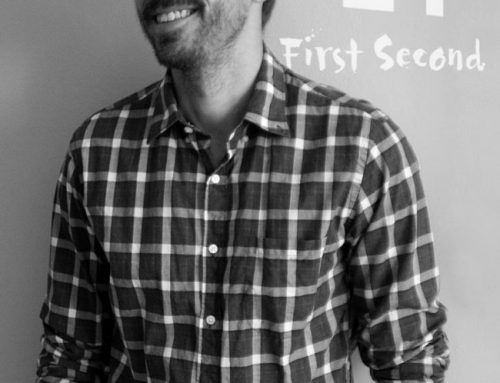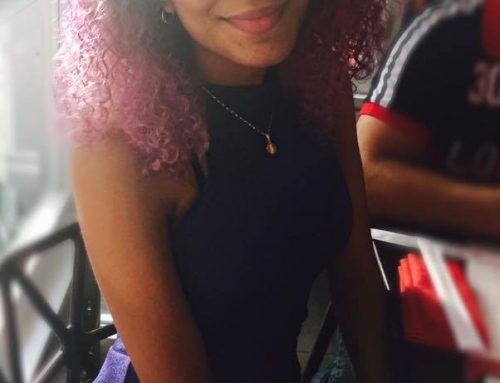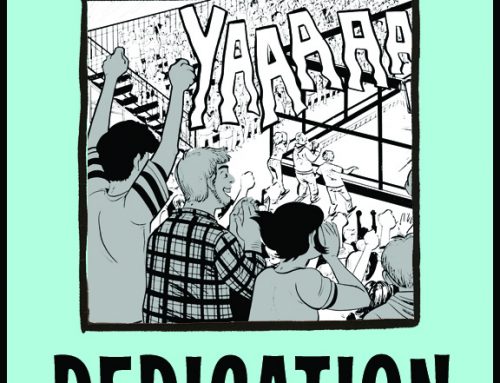test heading
(photo of thinking from I Like It Simple — though in fact thinking is probably rarely actually simple.)
If you’re at the beginning of a career in comics, it’s usually good to take a step back and think about the kinds of jobs that you’re being offered and where you want to go with your career before you commit to doing big or popular projects.
(Let me be clear, right off the bat, that this piece is specifically aimed at people at the beginnings of their careers as artists in either comics or illustration; it’s not meant for people pursuing comics as a non-commerical hobby where they don’t need to make money or build themselves a livelihood based on their creative work. Doing that is of course a wonderful thing to be doing, too! But there are fewer things for you to worry about in that case.)
So!
Say that you’re a person who has just graduated from art school and you’ve maybe done a mini-comic or two and you’ve put up an online portfolio. And you’re getting some attention from agents and publishers and authors who want to work with you. (How you have gotten to this point in your career is a whole different story and can be covered in brief by, ‘you put in a whole lot of effort and are extremely talented besides’).
College loans and the cost of living being what they are, it’s extremely tempting to take the largest amount of money that’s being offered, no matter what the project is. And sometimes that’s a good choice! If you’re being offered the largest amount of money by someone, that can mean that that person/publisher/whoever is the person who appreciates you the most. That is no bad thing.
However! It’s usually a good idea to take at least a day or a week or so and think about your career direction. Is the money being waved at you being offered in a direction that you would like your career to go, or a direction in which you would be happy with your career going? Is it something that might actively harm you when you get a chance to set your career in the direction you would like?
Examples!
Say you are Tiny Kitten Teeth, and you are at a point in your career where you have drawn some adorable pictures of cats and put them on the internet. And say that the utmost of your desires is for your career to go in the direction where you are creating Little Golden Books like The Poky Little Puppy, except with kittens instead of puppies. Basically, you want to do books for very tiny children. Then say that the first people to call you are are the editors from Playboy; they’d like you to do a monthly spread for their magazine of your illustrations of girls cuddling with tiny kittens, which they think will be the new sexy thing. Before saying, ‘gee whiz, Playboy is offering a lot of money, we should definitely do this!’ perhaps a good option would be to talk to some people about whether the people who make Little Golden Books would care if their authors illustrations are also in Playboy. (The answer to this is: probably no; the audiences don’t really overlap. But it’s good to check, because when that dream job comes down the pike, probably being rejected out of hand because of an illustration job you took at age 21 isn’t the ideal outcome).
Say you are Mike Mignola right at the beginning of your career and a book publisher offers you a contract to do plate illustrations (full color-full page illustrations) for a series of classic novels — and it’s the whole series or nothing; a total of 250 full-color full-page plate illustrations. So it’ll take some time and effort, but a totally reasonable amount of money is being offered, and come on, it’s Milton’s Paradise Lost for the first one, so entirely up the right alley as far as style goes. A month later Dark Horse calls up and says, ‘we saw your pitch for Hellboy; can we start publishing it right now? We have the perfect place in our schedule for it.’ If he said yes to the first offer, the likelihood of a yes to the second is probably not great, and then? No Hellboy.
These decisions are frequently hard decisions to make, because most of the time, it’s not like you get all the opportunity all at once and you just have to decide between Good Decision and Less Good But Still Not Absolutely Terrible Decision. Frequently, there’s only one opportunity at a time, and it’s very tempting — and reasonable — to say, ‘this opportunity is not ultimately what I want to do, but is a better step at getting me there than working at Starbucks is.’
So: considering the options as best you can — and knowing as much as you can the results of your choices — is generally for the best.





